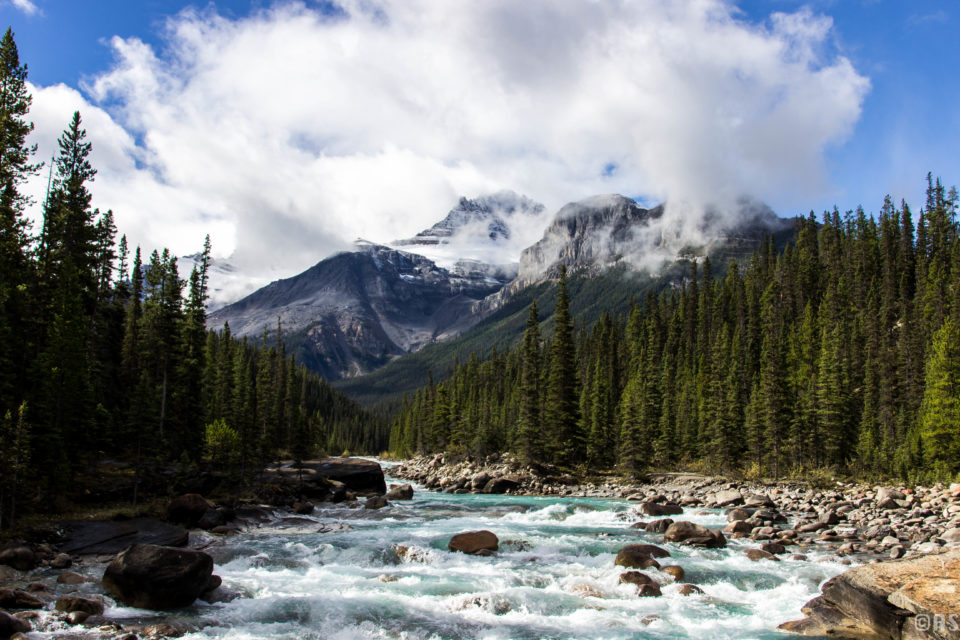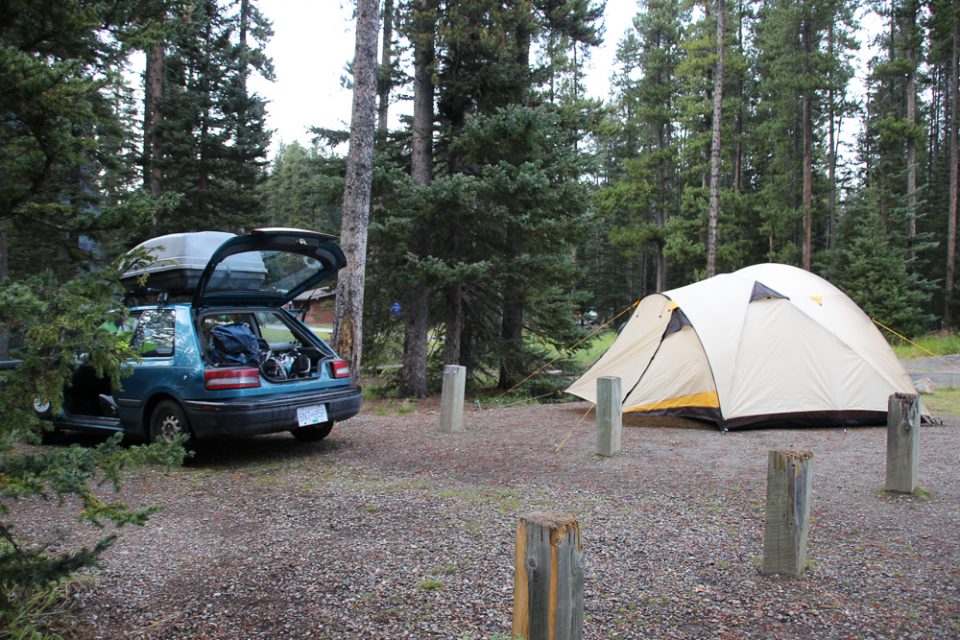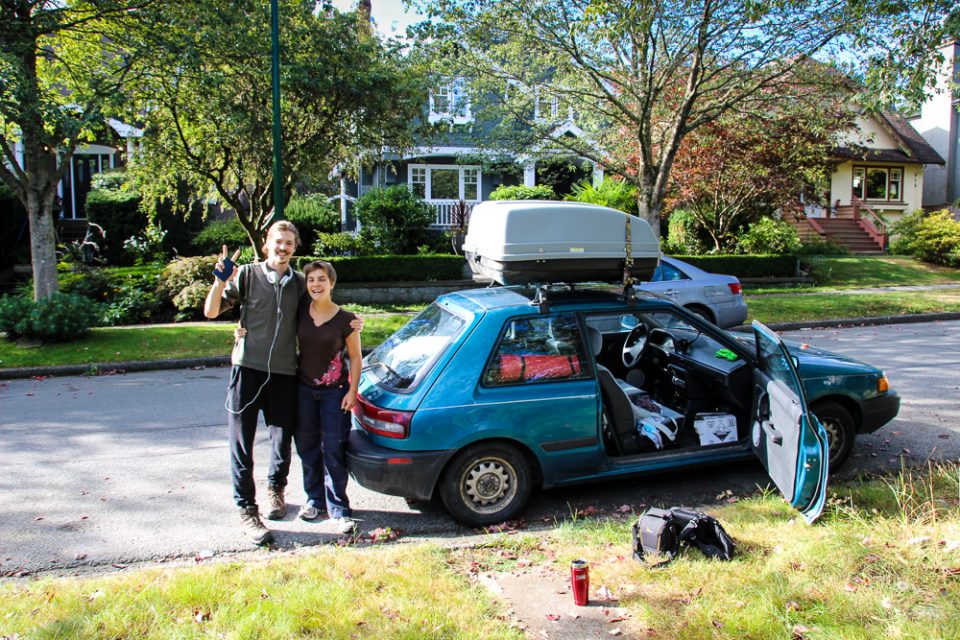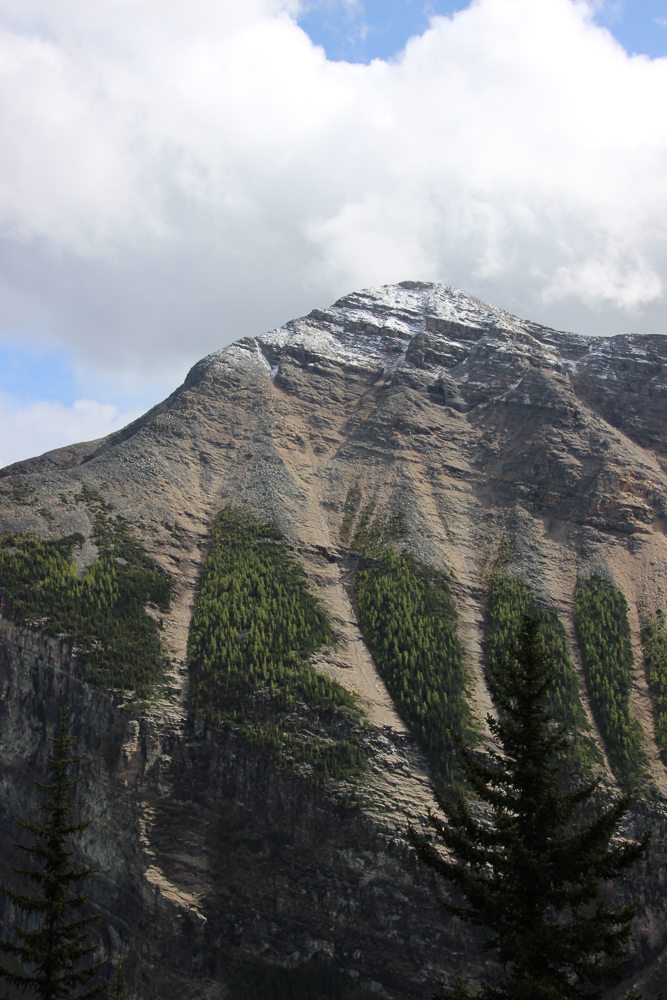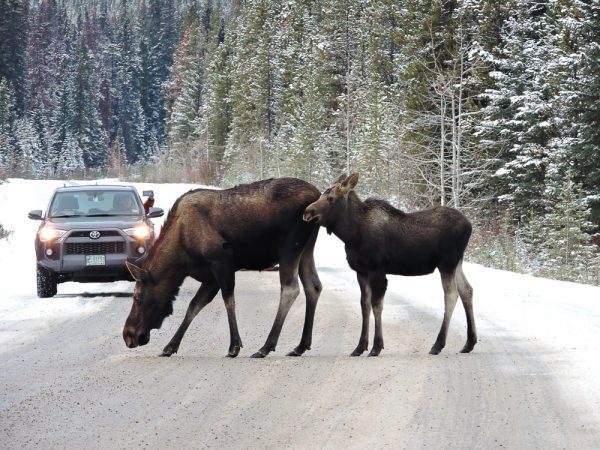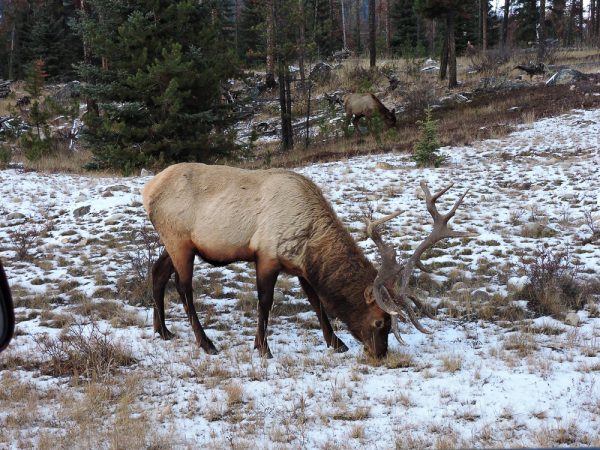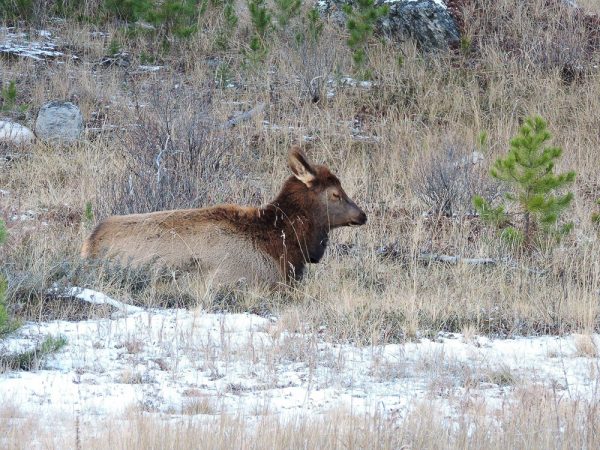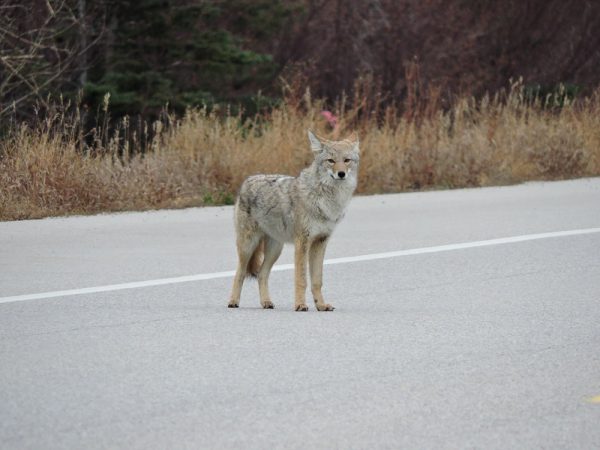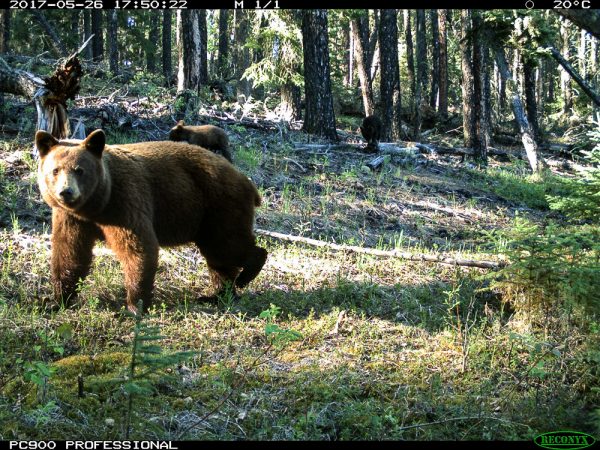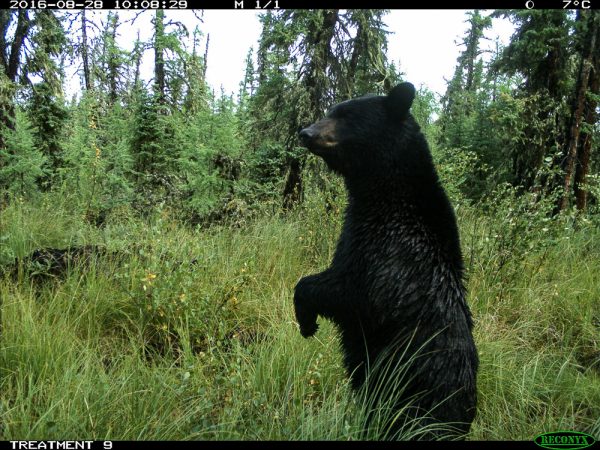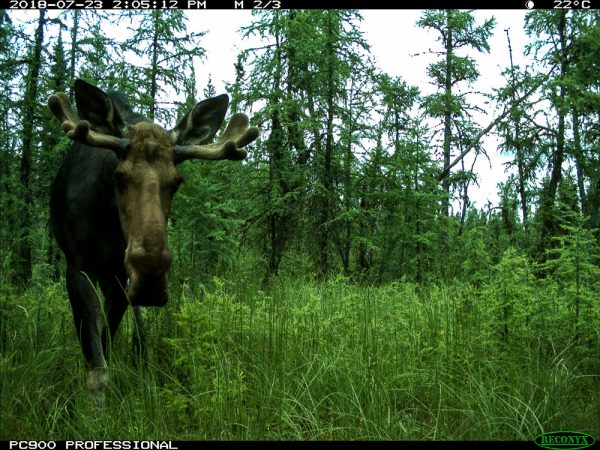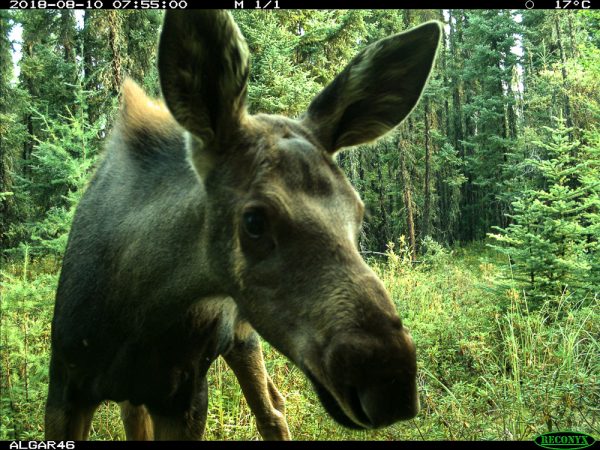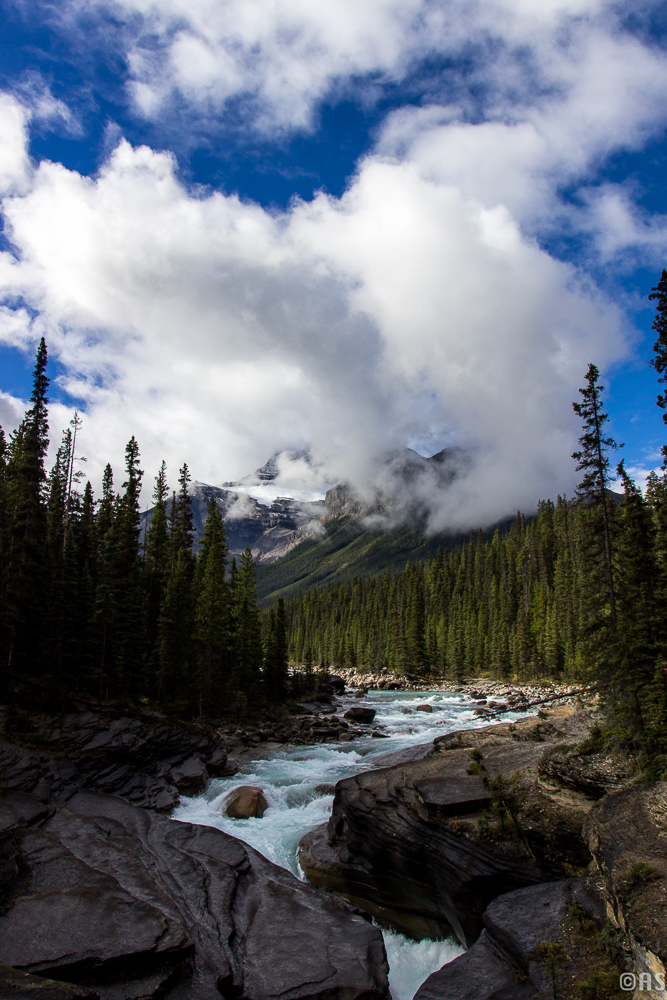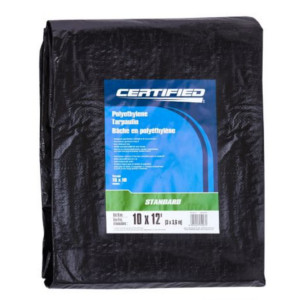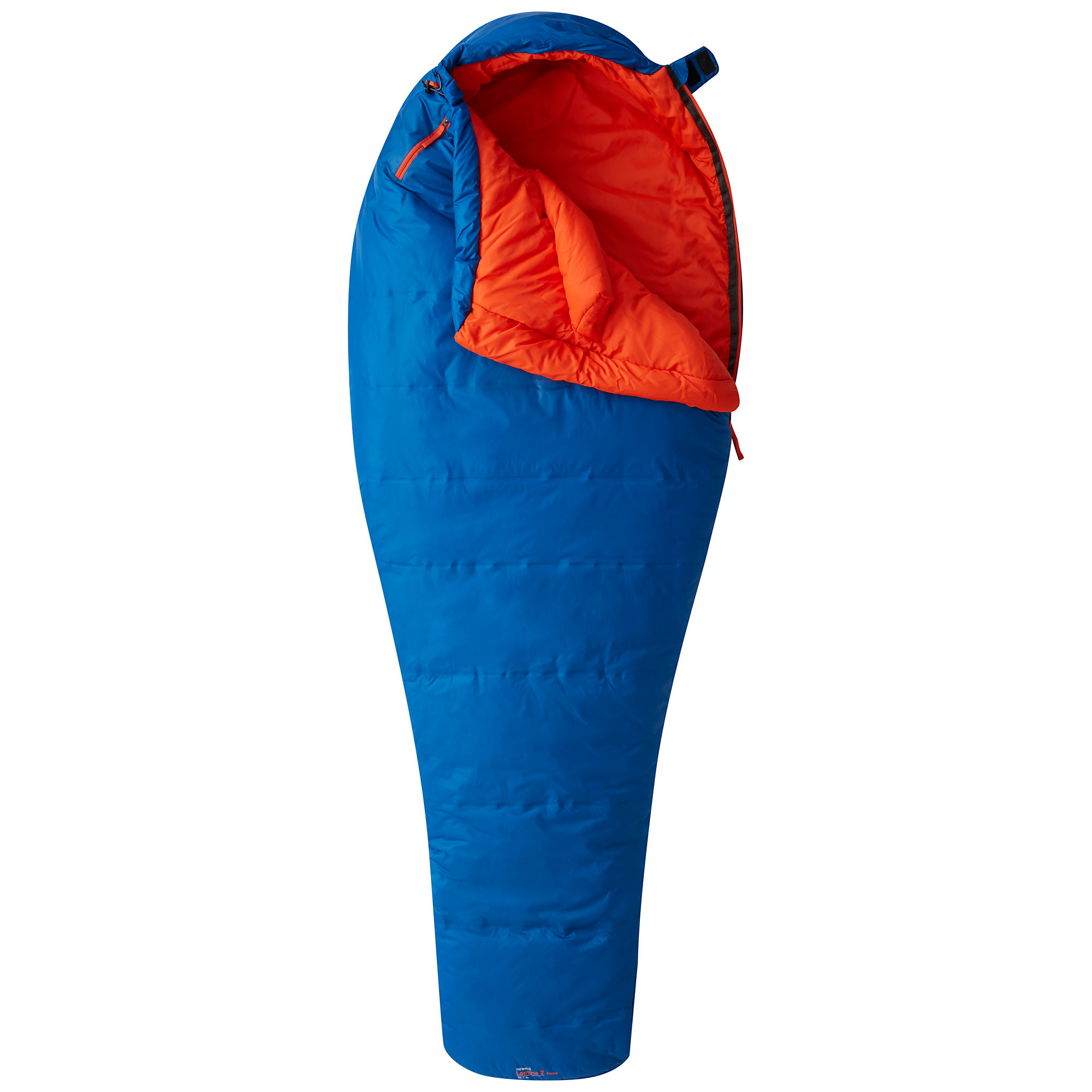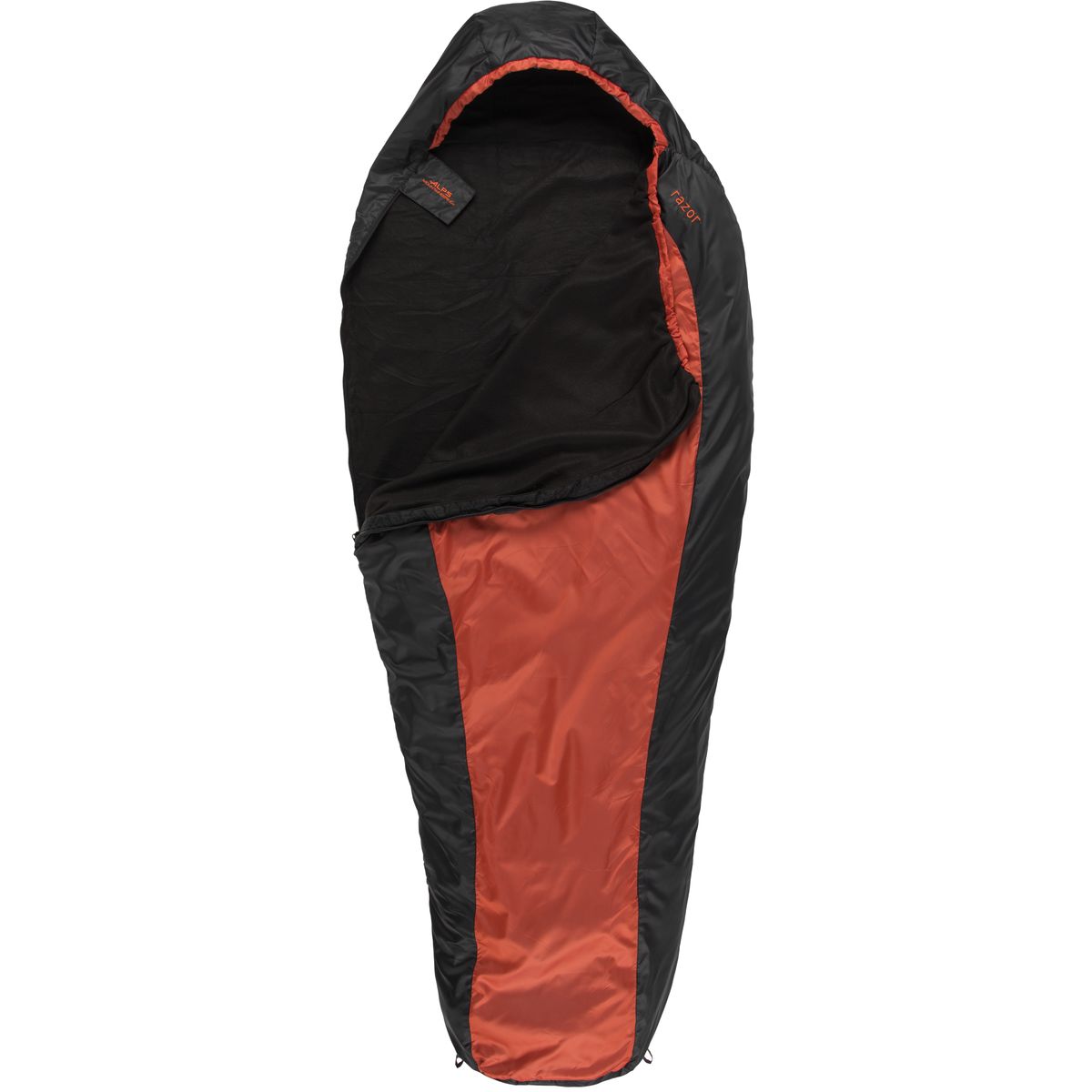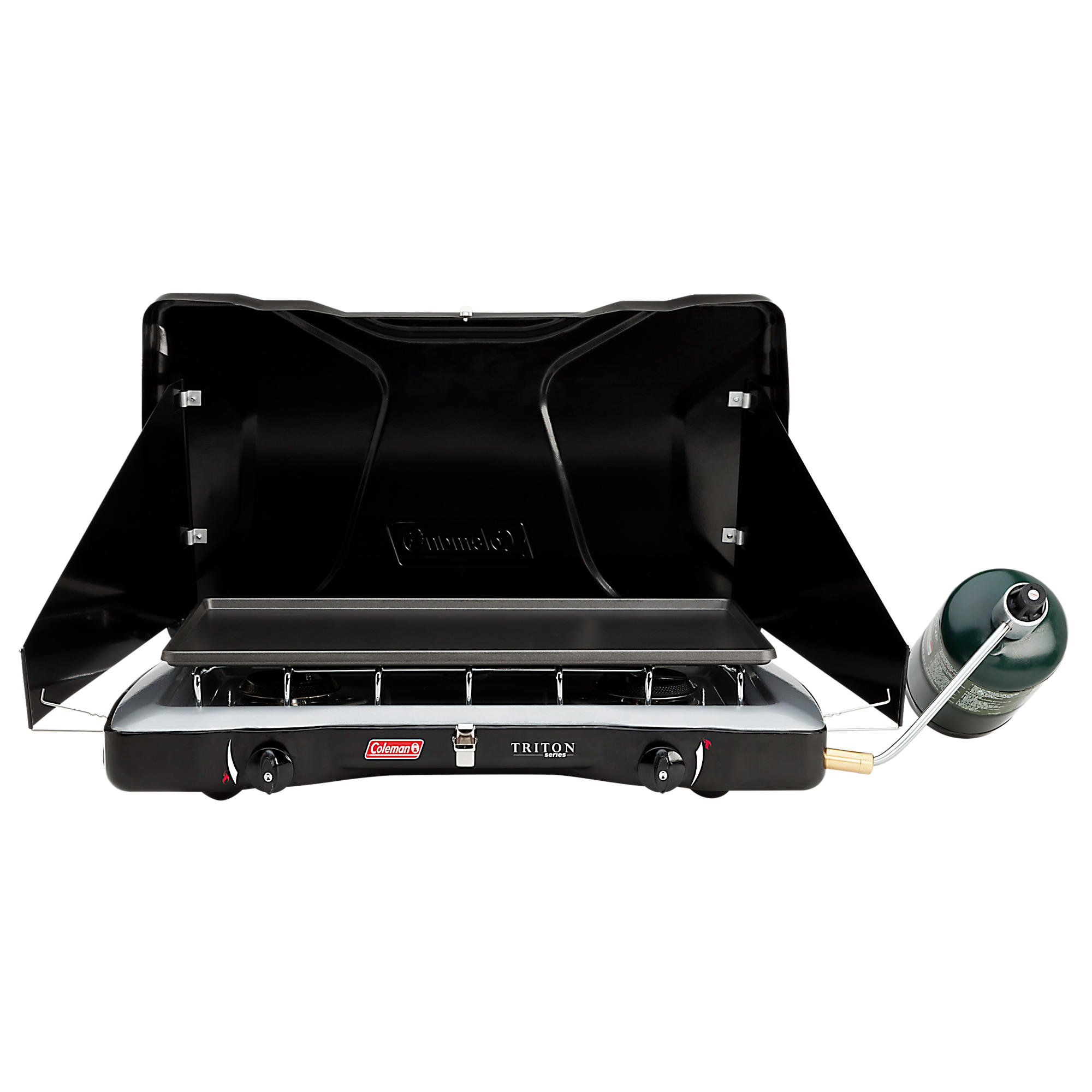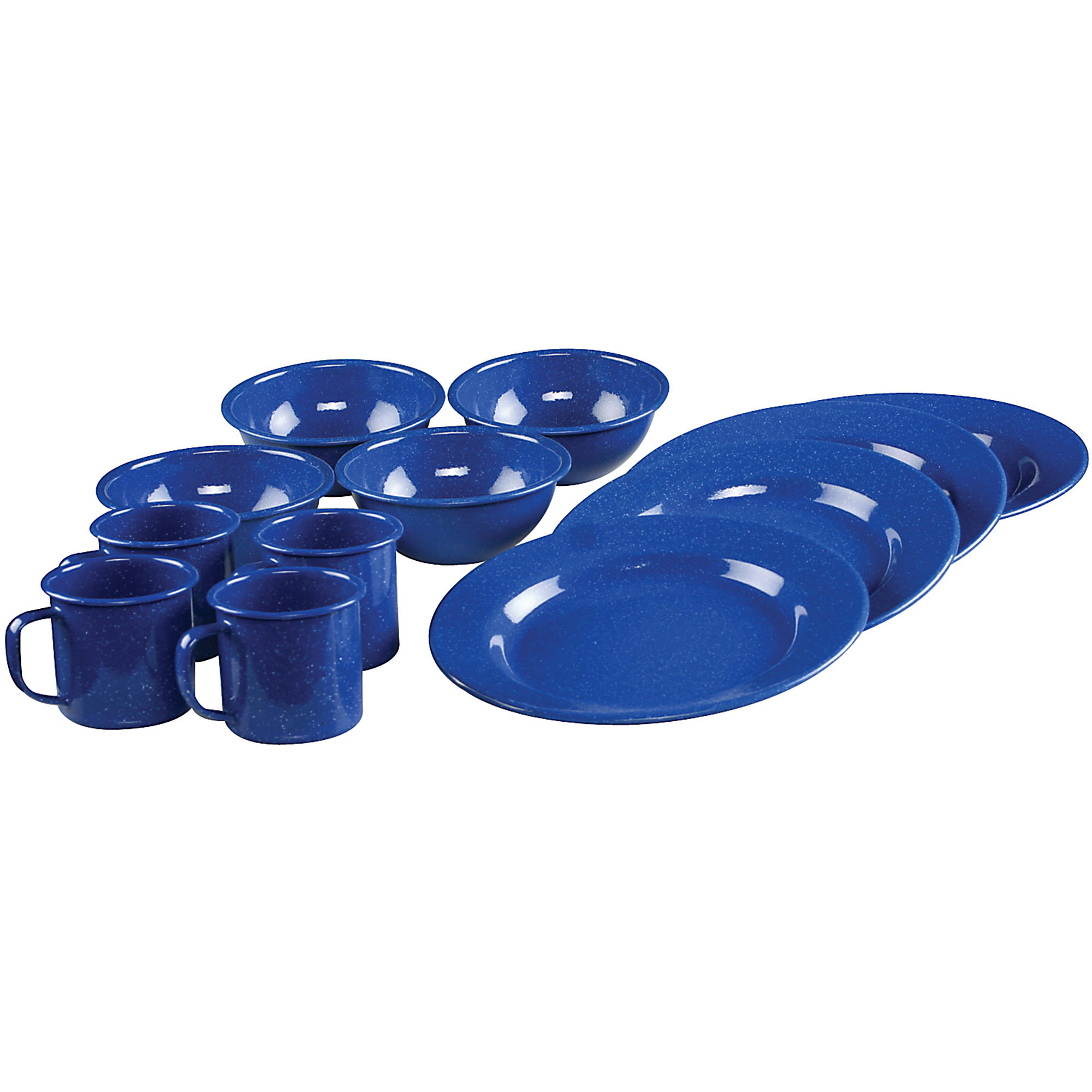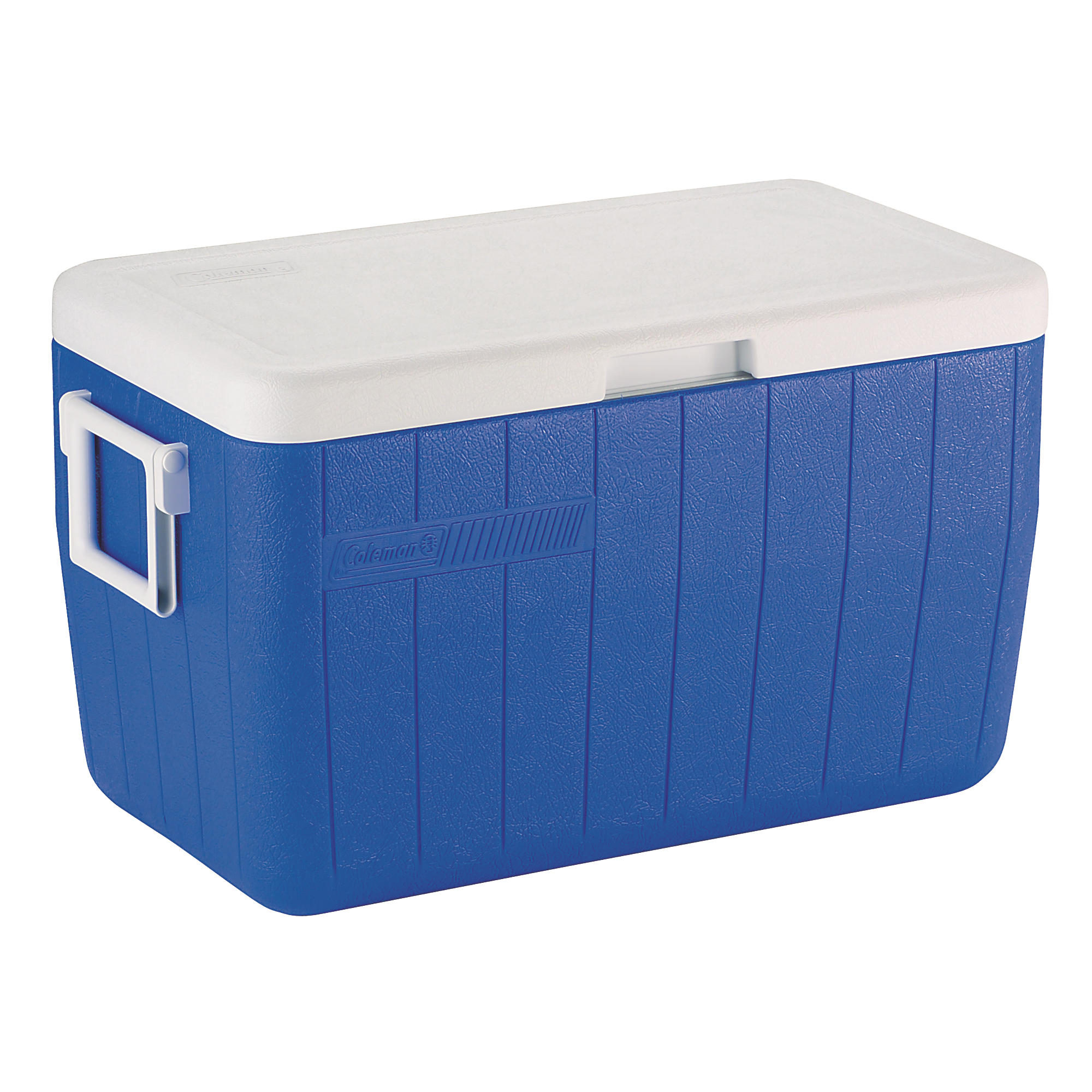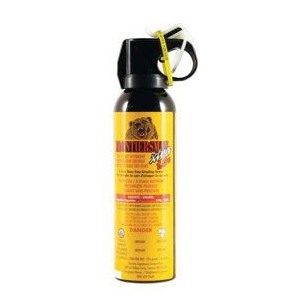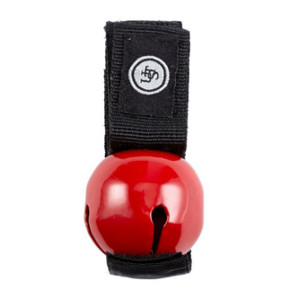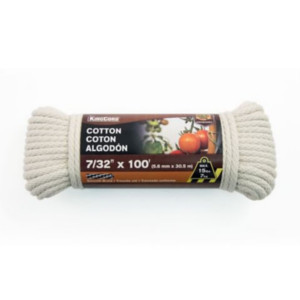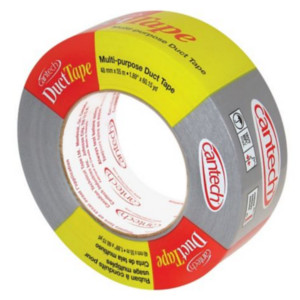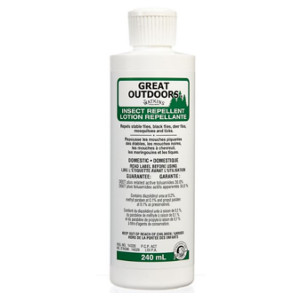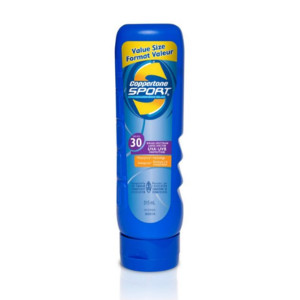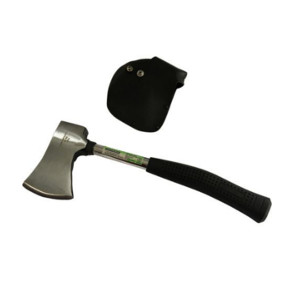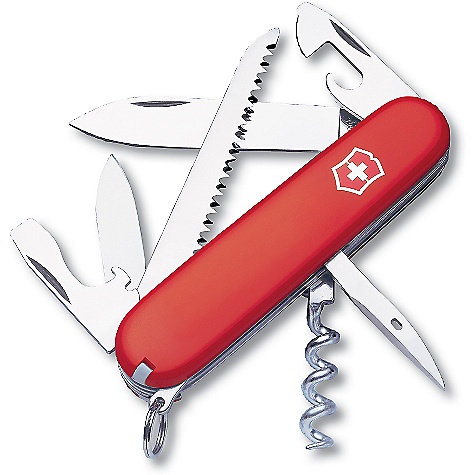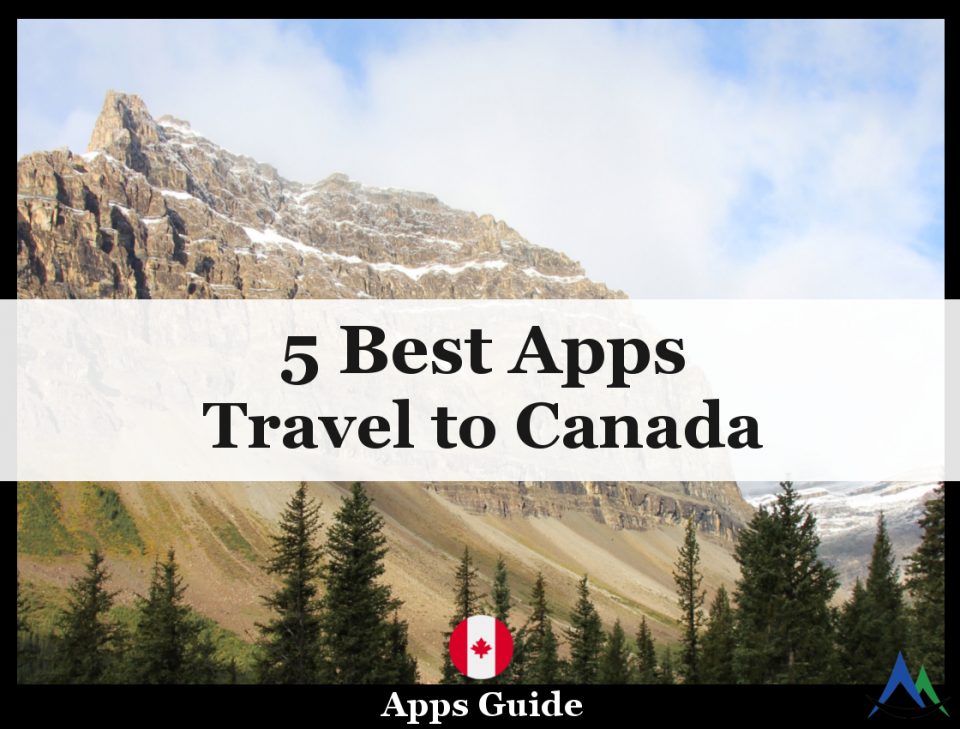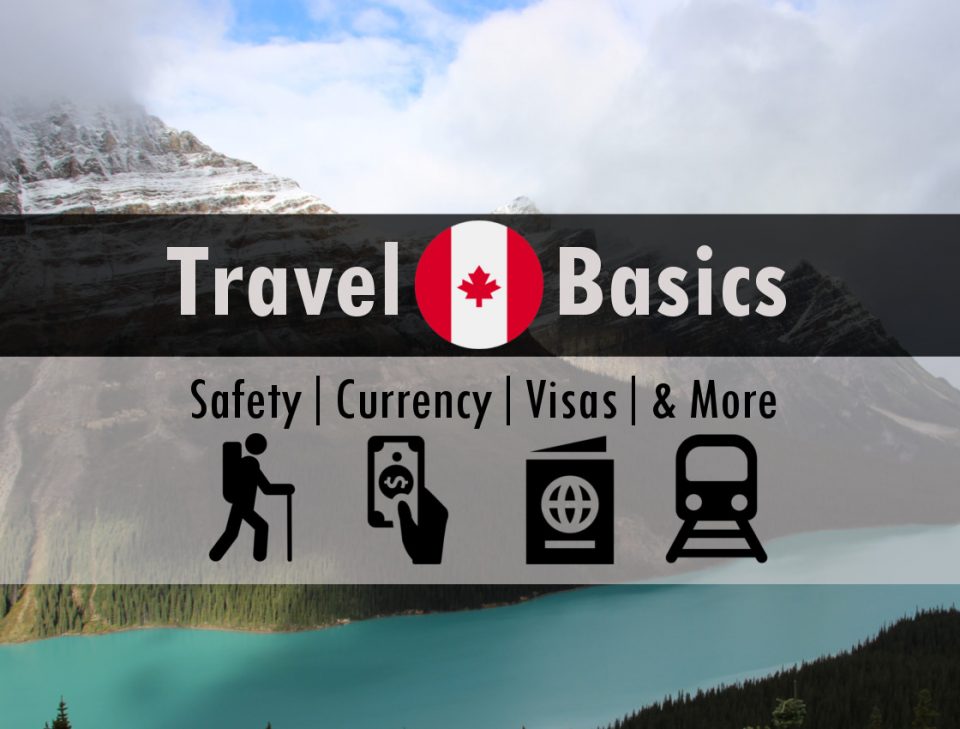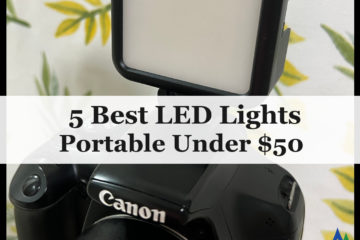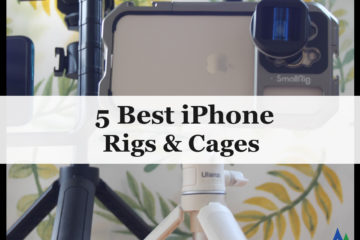Camping Essentials for Travel to Canada
Published by CamDarling on
Camping is a favorite vacation pass-time for many Canadians, especially those with children. Getting away to the lakes, the mountains or the seaside with the family is relaxing and refreshing. Crisp air, blue skies and stunning wildlife than the rugged wilderness of Canada. Camping in Canada is open to everyone through a variety of different means. There are cabin rentals, RV rentals, campgrounds for tents, back-country for those hardcore mountaineers and more. It’s quite possible to tent camp in Canada as a backpacker without a car, especially in Banff and Lake Louise. But a road trip is usually the best way to travel in Canada. In this article, we focus on tent camping and the equipment you’ll need, where to find it, rent it, and where to find campgrounds, fees and safety tips.
Of course, making a trip with friends or fellow backpackers is equally as exciting and full of campfire songs and stories. I love it! It’s the cheapest way to travel in Canada and see the beautiful wilderness and National Parks. Savvy travelers can even do it even cheaper using back-country campgrounds and picking up gear second hand, on sale or borrowing from friends in Canada or before you leave home. Some items are prohibited from entering in Canada, like spring loaded knives, details below, and others are definitely worth looking into, like Bear Spray.
Camping in Canada
Camping is the best way to experience traveling through Canada. As I go through the list of things to bring on a camping trip, it becomes clear that it’s expensive. The alternatives in Canada are expensive hotels and hostels. A cheap hostel in Canada is still $30 USD per night, where as a campground is only $28 CAD ($20 USD) for four people. If you can get your hands on the bigger pieces of gear like a stove and a tent and borrow some stuff from friends, it’s way cheaper to camp and way more fun!
Parks Canada lists all of their campgrounds here by Province, prices range from $15.70 per night to $38.00 with varying levels of amenities. Power and water hook up (RVs) will be more expensive than just a basic spot for a tent. Expect to pay $28 per night for the best campgrounds.
- Quebec Official Camping Website
- Ontario Parks Official Website
- British Columbia Park Official Website
- Alberta Parks Official Website
I won’t list them all, but each province has their own website for the Provincial Parks. All the National Parks (best ones) are all under Parks Canada.
Some companies offer full rentals for all the camping gear you’ll need at a daily rate ($25+tax and up) which is a lot less of a hassle but adds up on an extended trip.
Camping in Canada takes preparation and planning. In peak season, campgrounds are booked up in many places so making a reservation in advance is recommended. You’ll want to pick up a Parks Canada Discovery Pass to access all the national parks too.
Wildlife Safety Tips
It wouldn’t be a travel blog without a safety advisory. In Canada, specifically for camping means understanding the dangers of local wildlife.
Note that I am not an expert on wildlife safety or a mountaineer, like you I’m a tourist and rely on the experts for information. So rather than risk explaining the wrong info, here are a lot of resources to familiarize yourself with wildlife safety in Canada.
- Parks Canada “Bear -Aware Rules”
- Parks Canada “Bare Campgrounds”
- Parks Canada on “Bear Spray”
- Parks Canada on “Roadside Bear Viewing”
- BC Parks on Bear Safety
- Ontario Parks Camping Safety
- Ontario Parks Food Storage
Shoutout to Siobhan Darlington and Erin Tattersall for the wildlife photos taken in Alberta and British Columbia. Siobhan and Erin are both currently in the field doing research on Canadian Wildlife & Ecology.
Camping and Road Trip Apps
Technology is making trip planning so much easier, you can even do it on the go! With these apps and more, you can find campgrounds, points of interests like parks, cafe, places to rest, info centers, anything you need on a great Canadian Road Trip.
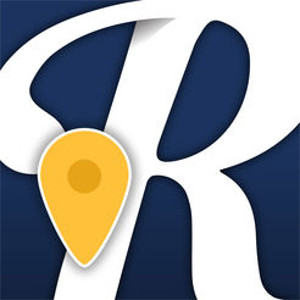
RoadTrippers
The app include details, reviews and photos of all the sights, campgrounds, restaurants and hotels. The app even makes suggestions for additional places to see nearby and along your route.
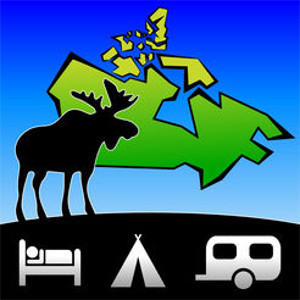
Wiki Camps App
This app includes thousands of pins on an interactive map of camp grounds, RV parks, hotels, info centers, toilets, showers, swimming areas, restaurants, clean drinking water... You name it! This app has it.
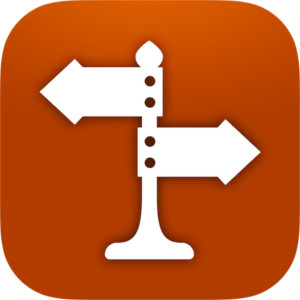
iOverlander
iOverlander is similar to WikiCamps Canada except the pins are open sourced which is either better or worse depending on who contributed the info. It's a map based app with lots of pins of essentials like campgrounds, RV parks, shops, services and tourist attractions.
Where to Buy, Borrow or Rent Gear
Getting your hands on camping gear if you are flying into Canada can be quite the challenge but not an impossible one. There are a lot of retail stores, second hand shops, online websites and rental shops.
I’m a big fan of both second hand products and borrowing things from friends. Camping equipment generally very durable and easy to find, if you recommend any other resources for finding, renting or sharing gear let me know on Twitter.
For travelers living in Canada or the United States, this list is useful if you need to pick up something you forgot, or replace a broken or lost item. Many of the big outdoor lifestyle stores in Canada are regional, only in one or two cities or one region like Vancouver or Montreal. The major touristy towns like Banff, Canmore and Jasper all have small local stores that supply everything you need for a great camping trip, at a premium.
When in doubt, Canadian Tire. Every major city in Canada has one and they have almost everything you’ll need for a successful camping experience in Canada
Retail Stores
Rental Stores
- Mountain Equipment Co-op, Nationwide
- Camping Banff – Banff, AB
- Wilson Mountain Sports – Banff AB
- Rent-A-Tent Canada – Vancouver, BC & Banff, AB
- Rent Outdoors – Vancouver BC
- Rent My Stuff – Vancouver BC
- We Rent Gear – Whistler, Squamish, Vancouver, Victoria BC
- Authentik Canada – Montreal QC, Canmore AB & Vancouver BC
- Sports Rent – Victoria BC
Basic Camping Gear
Camping gear is a lot like clothing, each person has their own tastes and preferences. The products I recommend are the ones that make sense for my own trips camping in Ontario, British Columbia and in the Rockie Mountains. These regions are mostly forested with lots of large fresh water lakes and wildlife.
The ultimate goal of any camping gear is to be useful and comfortable enough for the location and setting of your camping trip. In Canada, this means having to deal with low temperatures, even below 0 in peak summer! And of course, many rainy days. There is nothing worse than day after day of endless rain in a tent, we can’t help stop the rain but having the right gear will help!
1. Tent – Endurance 4 Season 4 Person
What I’ve found is that most tents are good enough, the super expensive ones are really just to drop weight, which is useful for hikers and hunters but irrelevant if you aren’t going far with your gear if you have a car or are using public transportation.
Ask around to borrow a tent first, worse case scenario, if you intend to buy a new tent, try using a friend’s first to figure out what’ll work best for you.
For me, I’ve tried a Two Man tent and found it too small because i’m a little tall and it didn’t leave much room for a bag, let alone a friend. I used a Four Man tent in both Algonquin Park in Ontario and the Canadian Rockies. It’s the perfect size.
The most important feature of a good tent is the moisture barrier. The outside canvas has to be sturdy enough to keep the cold, wet rain out. When set up properly, the outside canvas shouldn’t be in contact with the inner tent, aside from the clips. Really inspect the durability of the canvas. If you are buying second hand, check for holes and make sure all the pieces are there.
2. Tarps – Two Durable Tarps & Rope
Tarps are essential but you won’t have to break the bank to get one. Again, ask around to borrow one first. Otherwise you can pick one up for cheap. I like to use two tarps: One for under the tent because of the cold ground in the mountains, the second to hang above the tent for added protection from the rain. Parts of British Columbia are considered a temperate rain forest… meaning it rains a lot, all year!
Just bring enough rope to tie off the tarps to a tree nearby and good to go!
3. Sleeping Bag & Winter Liner
A summer sleeping bag in Canada may be a risk. I found this out the hard way in the Rockie Mountains. In my defense I’m from the East Coast where there are no mountains… In hindsight, the name Icefield Parkway should have tipped me off to the temperatures in the Rockies but I didn’t know. I brought my summer sleeping bag along and paid for it! Temperatures plunged to below 0 in September! All of us were cold but I was freezing!
Honestly, a good thermal sleeping bag is essential. Most brands will have a measurement for what temperatures the sleeping bags are good for…. I recommend something -5 Celsius (15 F) and up. Like me, you probably aren’t going mountaineering in the middle of winter, so a bag good to as low as 0 Celsius should be enough. That was you can use it the rest of the summer without overheating.
On my trip, I had to go out and purchase a fleece liner for my summer sleeping bag. They are reasonably priced and another great alternative to buying a new sleeping bag just for a little cold weather.
The fleece liners are cozy and provide just that little extra insulation to keep warm should the temperatures drop. I was still cold, but I wasn’t freezing which was enough.
4. Lantern or Head Lamps
There are tent lamps and headlamps but let’s be honest, headlamps are superior in everyway! Great for after dark hours around camp, for those evening journeys into the woods to pee, and very hands-free!
They aren’t too expensive so don’t break the bank over it. They are just LED lights strapped to your head, not a fashion statement. There is a choice between ones that use standard AAA batteries and others that are rechargeable using micro USBs. Both works great.
Cooking Equipment
How you camp is up to you. I’ve had wildly different camping experiences with different people. My roommates loved to cook, so they brought everything they needed for breakfast, lunch and surprisingly fancy dinners. I wouldn’t expect anything less from a French Swiss.
My family on the other hand are “Grilled Corn”, “Canned Soup” and “Hotdog on a Stick” kind of campers… Not quite the same level of preparation required. Ultimately how hardcore you intend to camp is up to you, be guy with a utility knife and a fishing string, or a make-shift chef’s kitchen… but here are a few essentials.
1. Cooking Stove (Propane or Liquid Fuel)
The campfire is the center point of any great camping trip. Sitting around the cozy fire setting marshmellows on fire and making smores is great. And then there is the next morning, long after the fire has gone out and you’ve slept on nearly solid ground cramped in a small space.
Taking out a stove and can of propane is much easier than making a new fire, and much quicker. So take care to bring along a good one! For three people, I used a Coleman Stove with two burners and we went through three cans of propane in a week. I don’t think they were all full, and we did cook every night. One burner was for morning soup and the second for that much needed coffee!
There are many kinds of stoves and fuels to choose. For Canada, a regular Butane/Propane fuel stove like this Coleman will do the trick in the spring and summer but not in the winter.
Butane doesn’t vaporize when you approach 0 temperatures so even a new canister may not work at all. Propane, it struggles too. For cold weather camping trips, consider picking up a hybrid or liquid fuel stove. Liquid fuel stoves use white gas which is much better in freezing weather… It’s also a lot more expensive, so beware. Ask yourself if you really intend to camp in cold weather.
In Japser, AB our regular canisters didn’t work well due to the cold, even though it was still summer. But that was one night before we moved on to a warmer area and no longer had any problems.
2. Coffee Maker, Pots & Pans
Chances are you already have a lot of cooking pans, pots and cooking utensils at home and don’t need anything new for just a single trip. Use what you have first, or check out a second hand shop for a small pot, pan or expresso maker. These things last for years and can be found for a few dollars if you look around.
Coleman offers an 8 piece cooking set if you intend to make the long term investment for camping specifically and know you’ll actually get to use it a lot. Otherwise, I’d just improvise with what you have or can find cheaply. the only thing I would make an effort to pick up is a good coffee maker, because there is no better time for a cup of coffee than during a camping trip.
3. Cups & Plates, Forks & Knives
Same thing here for plates, cups and bowls. There are nice sets at decent prices like this Coleman set. While it’s nice to have stuff just for camping, it’s not necessary. A paper plate and ceramic mug from home is just as useful.
If you are flying in for your trip, one stop at a thrift store and you’ll have everything you need and probably more! Just give everything a good wash before use.
List of Other Smallware:
- Spatula
- Can-Opener
- Thin cutting board
- Scissors
- Aluminium Foil
- Matches
- Sponge
4. Food Cooler, Water Jugs & Wash Bin
Everyone always forgets about the washing supplies. It saddens me to find so many campground garbage bins full of plastic plates, spoons and wasted food… Picking up a good cooler will help keep food fresh, beers cold and even be used as a wash bin if none are provided by the campground.
Most, but not all campgrounds in Canada will have a large sink to rinse and wash dishes. So you really only need a bin or bag to throw everything in and carry over from your camp.
While you are there, fill a few water jugs for the fire. Then you’ll always have spare water to throw in the back of the care or keep by the fire pit. Better to have a lot of water on hand to put the fire out before bed than running back and forth with small cups.
Safety Equipment
All the equipment you’ll need in terms of tools and safety can be found at Canadian Tire. They aren’t a sponsor. These stores are in every city and the best one stop shop for all your essential items. Run in, 20 minutes later you’ll have everything on your list.
Of course, you may be bringing most of this equipment with you from the US or abroad. Anything you don’t have can be found at Canadian Tire. Note that Bear Spray can be brought through customs but no spring loaded knives or “push or flick knives” or anything concealed by design. The only knives aloud are regular cooking knives and manual Swiss Army type utility knives.
1. Bear Mace & Whistle
Think of camping in Canada as being a guest at someone else’s house. Except it’s bears, black bears and brown bears. The best campgrounds are inside the stunning National Parks, which are both some of Canada’s top tourist attractions and largest protected areas for wildlife. So expect to see bears, moose and possibly even wolves.
In Banff National Park, some campgrounds are surrounded by electric fences and park rangers patrol the areas. But assume you are responsible for your own safety. Consider picking up bear spray if you plan on any full-day or multi day hikes far from the main tourist areas. Learn how to use it.
If you think it’s pretty uncommon to be traveling with bear spray in Canada, guess again. The Canadian Border Services even have an exception for dog and bear spray so you can declare it at the border from the US as long as it is clearly labelled for use on animals (label with a Bear on it). Note that pepper spray is not allowed and there is a significant difference so don’t even try.
Bear mace is expensive and a last resort for defending yourself against a charging bear. Learn how to use it, here is a Youtube Video from Parks Canada. Learn how the safety clip works and wear it on your waist. Having it in your bag is useless should you actually need it.
It’s also extremely rare to even encounter a bear in the wild. My sister has been working in the field doing research on Caribou in Jasper and has never seen a bear, other than driving by them on the side of the road. But it happens. A woman and her baby were attacked this year in the Yukon by a Grizzly while out for a walk.
A Bear Whistle or Bell to attach to your bag or clothing is something… but the best defense is to hike and camp in group of four or more and talk loudly. Bears want to avoid people, so a bell and loud conversation let’s them know you are nearby. They say for every time you see a bear in the wild, bears have seen you three times.
2. Rope for Hanging Food
You’ll need rope to tie off any tarps in the campground, pick up additional rope for raising your food into a tree before bed. Camping 101, all food should be placed in a bag, air tight, and tied up very high in a tree so as to not attract any bears. Bears can climbs trees better than most people, so I mean VERY HIGH, at least 4 meters, to dissuade them from trying.
Choose a spot a little ways away from the tent too. The triangle rule is to hang your food away from where you cook and from your tent. No sense tying off a bag of bear goodies directly above you while you sleep.
Some campground provide food storage bins and lockers that are bear proof. But I wouldn’t expect these at all facilities.
3. Duck Tape
Anyone who grew up in Canada during the 1990s will be familiar with the Canadian Show “The Red Green Show” and the handy man’s secret weapon: Duct Tape.
The show was a Canadian classic and hilarious with lines like “If it ain’t broke, you’re not trying” and “If the women don’t find you handsome, they should at least find you handy”. Check out episode called “No Duct Tape“.
Just pick up some duct tape, you never know when you’ll need it.
4. Insect Repellent & Sunscreen
For my international travelers out there, bugs in Canada are hardly dangerous. This isn’t Australia or Asia where a spider or mosquito could ruin your trip with terryfying illnesses. Bugs in Canada are just really annoying. Because of the all the lakes, bogs and wetlands, you are sure to encounter your fair share of mosquitoes and black flies. There is no need for a mosquito net, but a good repellent will be worthwhile.
Oddly, I never seem to get bitten by mosquitoes when accompanied by someone else… who attracts them far more than I do. But I sympathize with you.
Summer, from June to September, is the best time of year to go camping in Canada. While the coasts enjoy a nice cool summer between 20 and 25 degrees Celsius, the prairies and central Canada (Ontario and Quebec) can get a lot of sun and temperatures up to 35 degrees Celsius.
The dry air and clear skies can easily mask the dangers of overheating, or sun stroke, especially on a long day hike. Always bring a hat, and a generous amount of sunscreen.
5. Hatchet & Lighter
A hatchet is essential for preparing a fire. Most large campgrounds provide fire wood to campers for a small fee, all you need is a lighter or matches, and a hatchet to make some kindling.
The hatchet, a small hand held axe, is not a weapon under Canadian Law, same with the utility knife. It’s a tool. Big but, I would still declare it when entering the country. You’ll never be penalized for declaring you have a hatchet or Swiss Army knife with you. So take the extra 30 seconds and declare it. Let the border agent decide if it is allowed or not, rather than take the risk of not declaring it when in doubt.
6. Utility Knife
Here is a list of weapons prohibited from entering Canada. You’ll notice that anything with a push button, spring or knife that opens with the help of gravity or centrifugal force (butterfly knives) are illegal. Anything designed to be concealed is illegal. For want-to-be ninjas out there, Nunchakus and Shuriken Stars are also illegal.
A manual, traditional Swiss Army utility knife is allowed, as a tool. There is no size limit as long as the device can only be opened manually. So you can bring along a large hunting knife or cooking knife without any problems. Again, I’d declare that you are carrying a utility knife at customs and I wouldn’t expect to have any problems bringing it in the country as long as it meets the criteria I just mentioned.
Disclaimer: Sierra Trading Post, Moose Jaw, Backcountry and Coleman are all affiliate partners. We make a small commission at no extra cost to you.
More Info for Travel to Canada
For your pre-trip downtime, check out our List of Recommended Books, Movies and Podcasts all featuring Canada! Lastly, I recommend picking up a Prepaid SIM Card for your own hotspot device or mobile phone. You can order in advance on our Tallypack Store and have delivered to your hotel upon your arrival!
If you find this useful, follow us on Twitter and Instagram!
